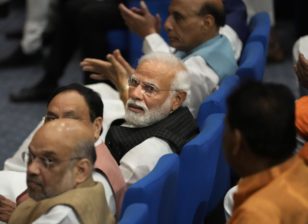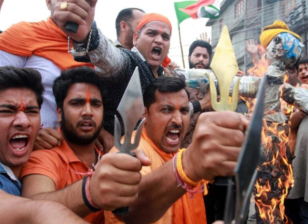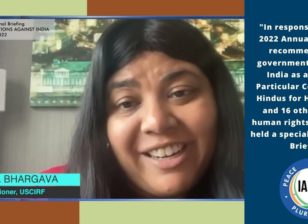Exclusion, affect, and violence in the many sites of Indian history – By Audrey Truschke
Over the last several months, India has been rocked by widespread protests that seek to pushback against the BJP’s set of bigoted laws and policies– the Citizenship Amendment Act (CAA), the National Register of Citizens (NRC) and the National Population Register (NPR). These three policies are designed, when working together, to strip many Indian Muslims of citizenship.
I want to emphasise the stakes of history outside wood-paneled rooms, in terms of human rights, modern identities, and even lives. I also want to argue that more scholars should walk outside the confines of universities and say what they have to say in other, more public contexts.… Hindutva proponents aim to bring into being the Hindu Rashtra (a Hindu nation), a project that involves significant restrictions on and violence against the twenty percent of modern-day Indians who are non-Hindu, mainly Muslims but also Christians, Sikhs, and others. Some look at maps of the visionary Hindu Rashtra and see lofty unity,… But I see the exclusion and even violent erasure it would take to achieve a saffron-suffused dystopian India.
By “Indian,” they mean Hindu, a vocabulary substitution that collapses Hindu and Indian into a single identity.… Hindutva advocates want to erase Muslims from the history of the Indian subcontinent, or at least efface any positive role Muslims might have had. Sometimes, they literally take Muslim rulers, like the Mughals, out of school textbooks. In 2017, Maharashtra reduced discussion of Akbar in history textbooks for classes VII and IX to a mere three lines. In Akbar’s place, they substituted a bigger-than-life imagination of Shivaji. The textbook’s cover shows saffron flags conquering the subcontinent – including Delhi’s Red Fort – in a remarkable display of the counterfactual.




